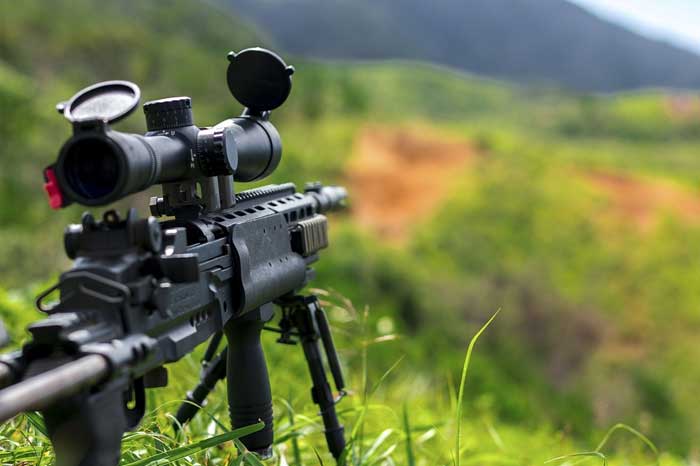Are you interested in choosing a gun sight for your firearm? Typically, those in the market for gun sights are hunters looking to improve their game. Rifle scopes are some of the most popular in the market due to their versatility. However, there are so many different kinds that it’s easy to get turned around and confused.

For example, while experienced hunters might understand what they need for their rifles or other firearms, what about those just getting into hunting? It’s not easy to figure out best-practice methods with only a shallow understanding of how gun sights can affect your shooting. Here’s what you need to know before buying a proper gun sight.
- Taking note of the best suppliers for the job
One of the first things to consider when purchasing gun sights is to ensure you’re getting your products from the right source. There are many different sources online, and not all of them are trustworthy. The trouble is that these aren’t the kind of products where you can be lenient. Gun sights connect to your firearms, and they will undoubtedly affect the way you use your guns. Depending on the situation, it could be a matter of life and death.
As such, the best thing to do is compile a list of top-quality manufacturers to guarantee the quality of your sights and scopes. Gun sights manufacturer Meprolight is one such supplier and is a good idea for anyone looking to purchase a sight for the first time.
- Understanding fixed and variable power
When buying scopes, looking into the benefits of both fixed and variable power scopes is a good idea. With a fixed scope, it’s locked into a single magnification. A variable scope means there are different magnifications available for the sight. The fixed scope might only have a single magnification, but the durability is without question. On the other hand, variable scopes offer more options but are typically not as durable as fixed sights.
That said, it’s still recommended to go with the variable selection, as it allows you to hunt in different environments. You’ll have to learn how to keep it properly maintained, as it could potentially break without the necessary care.
- Learning which magnification suits you best
Now that your eyes are set on a variable power scope (though the fixed sight gets the job done), it’s time to figure out the best magnification for your firearm. What you get will depend on the type of game you hunt or your preferred methods of shooting. For example, 1-4x magnification is a good idea for those hunting small game animals who prefer short-ranged shooting. 5-8x magnification is best for those who like going after larger game animals and want a more versatile scope. Finally, for those who like to hunt in open locations (deserts, fields), 9-12x is the ideal magnification.
With a bit of patience, you’ll quickly purchase a gun sight that fits not only your firearm but also your preferred method of shooting. Take your time, and go with what feels suitable for you.
